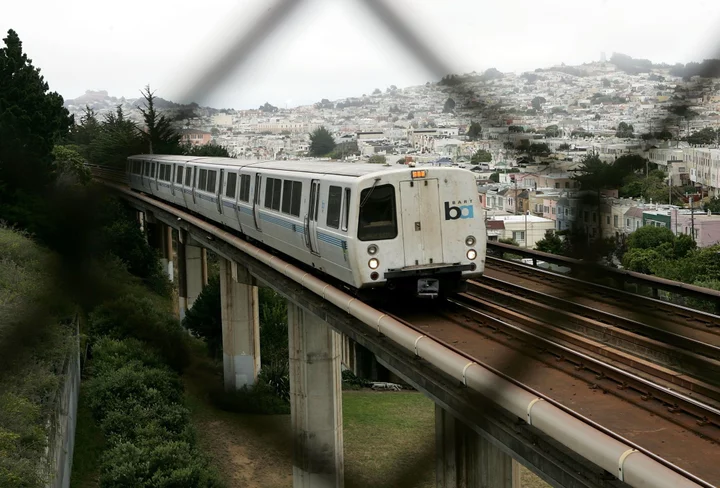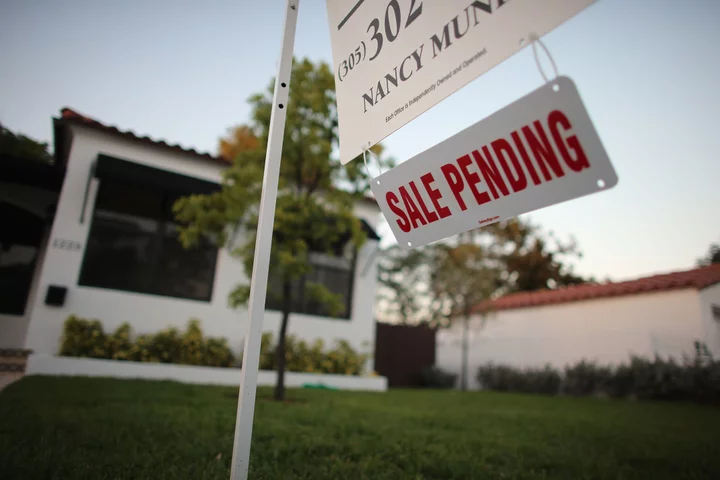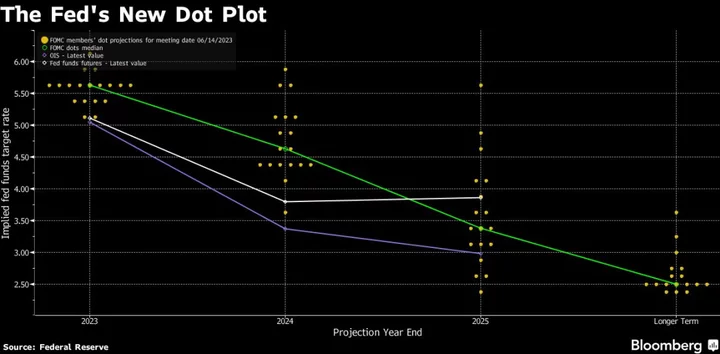California lawmakers agreed to provide billions of dollars to the state’s ailing mass transit systems as agencies face continued ridership losses and the expiration of federal pandemic-era subsidies.
The package worth more than $3.1 billion offers new operating subsidies and infrastructure dollars intended to help prevent severe service cuts that would further hamper the recovery of cities throughout the state.
“We’re sending a clear message that we’re not going to let our public transit system crater,” said Scott Wiener, who represents San Francisco in the state senate. “This really throws a lifeline to our transit system.”
The California package comes as the country’s largest mass transit agency, New York’s Metropolitan Transportation Authority, also received a bailout to help mitigate the agency’s finances. While Governor Kathy Hochul of New York agreed to increase taxes on large businesses to make up the funding gap, California’s Gavin Newsom has been reluctant to raise taxes as the state faces a $32 billion deficit.
Public transit has been kept afloat in recent years by federal pandemic aid that is running out, forcing agencies to seek new subsidies as well as fare hikes.
Newsom has yet to comment on the agreement announced by both houses of the state legislature in a budget bill late released Sunday night. The legislature and the governor face a June 15 deadline to agree on a budget, although negotiations on public transit can continue later in the year.
Read more: California’s $32 Billion Deficit Adds to Economy’s Woes (1)
California lawmakers propose restoring more than $2 billion in rail infrastructure funds that Newsom sought to cut in his earlier budget proposal. The legislature wants to give agencies the flexibility to use the infrastructure dollars on transit operations. Lawmakers also want to make available an additional $1.1 billion that can be shifted from buying zero-emission buses.
“This funding is going to help Bay Area transit survive,” the San Francisco Municipal Transportation Agency, which operates buses and cable cars in the city, said in a tweet Monday.
But the legislative package sets up painful trade-offs for California’s transit agencies, which have asked for $5.15 billion in new taxpayer dollars, while they seek more reliable funding in the coming years through local ballot measures.
“This plan offers a temporary lifeline that will delay draconian service cuts and provide valuable time to identify more cost-saving measures in operations and explore new sources of revenue,” said Jim Wunderman chief executive officer of the Bay Area Council in a statement.
California transit agencies will be forced to choose between using money for long-term transportation and bus infrastructure or to keep their buses and trains running in the short-term.
Wiener said Bay Area transit agencies are reluctant to spend capital dollars on transit operations because they would lose out on matching federal grants that received a big boost from President Joe Biden’s infrastructure bill.
He said the state must also consider delaying a mandate that forces bus operators to transition from gas- and diesel-powered vehicles to electric and hydrogen-powered ones.
Bay Area agencies have warned of halting weekend trains and cutting as many as 20 bus lines, measures that would hit the state’s most vulnerable populations who rely on public transit, along with commuters.
“Once you allow your transit system to collapse – cutting service and entering that transit death spiral – it’s going to be really, really difficult to come back from that,” said Rebecca Long, legislative director for the San Francisco-based Metropolitan Transportation Commission.
(clarifies in 7th paragraph funds are for railway infrastructure)
Author: Eliyahu Kamisher, Skylar Woodhouse and Nadia Lopez









